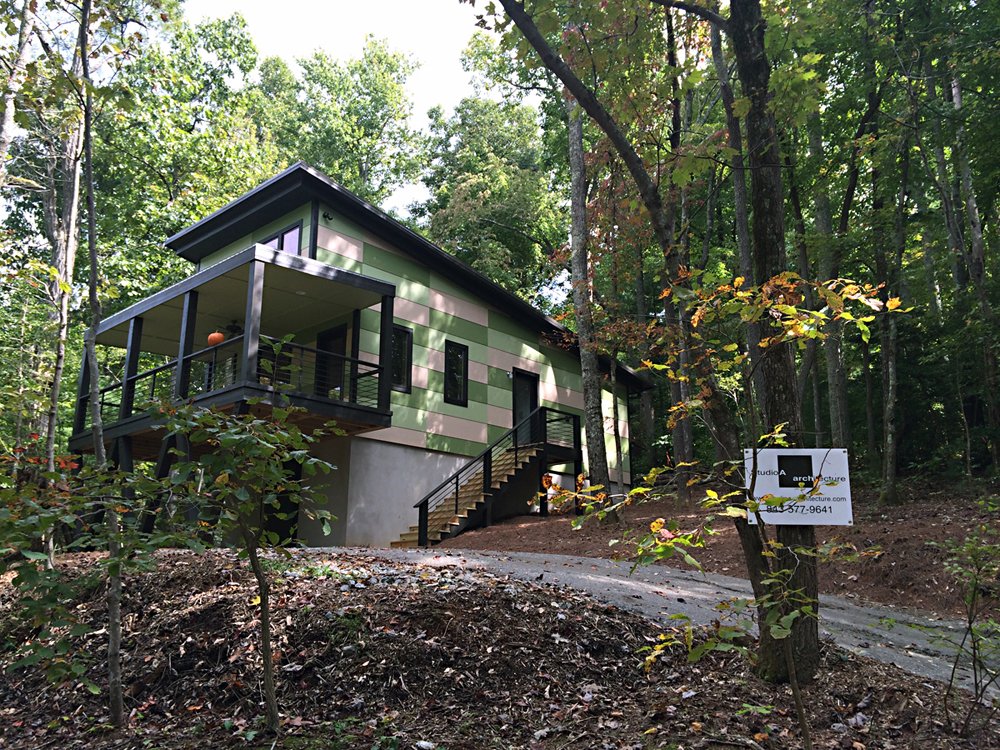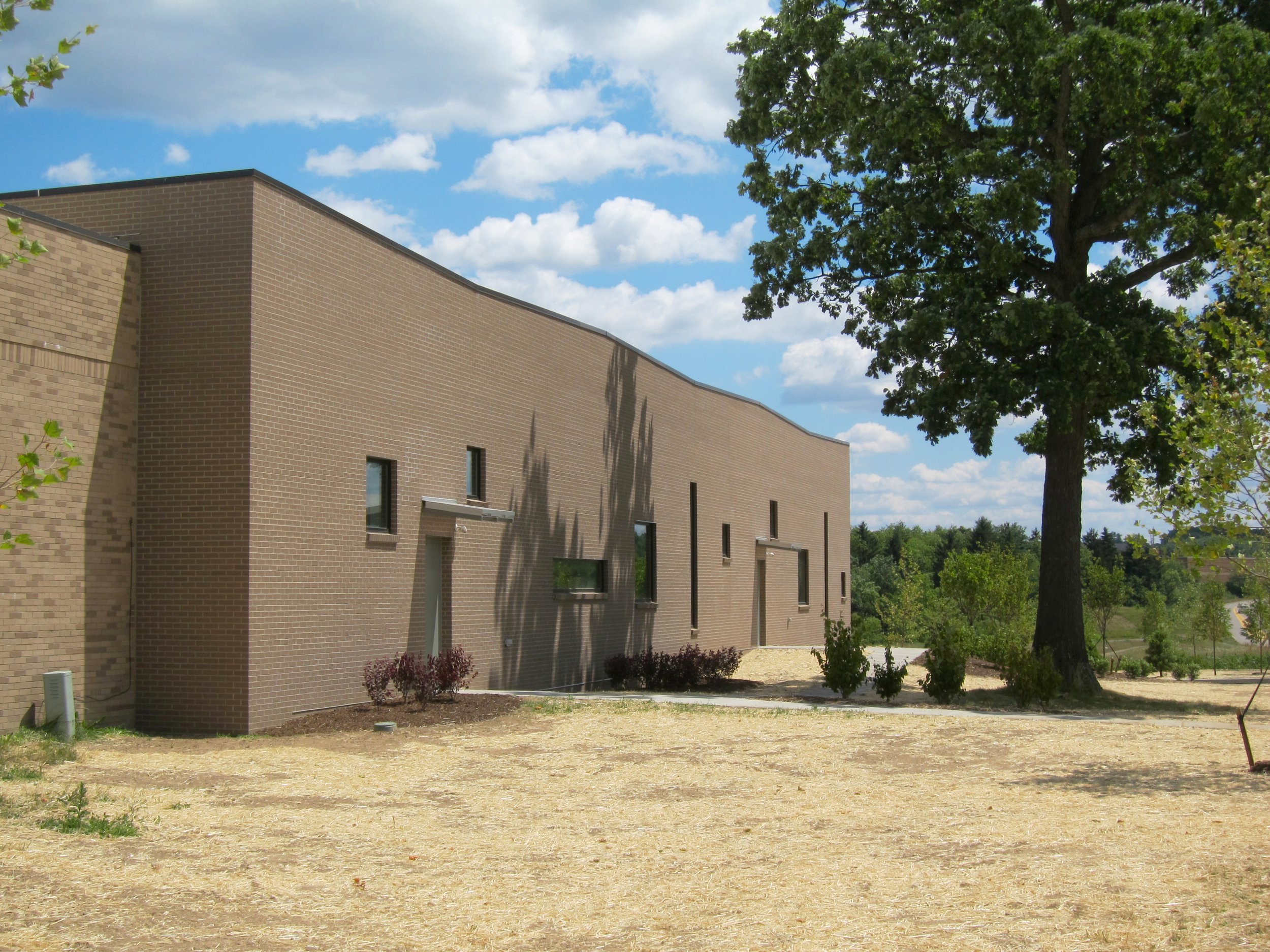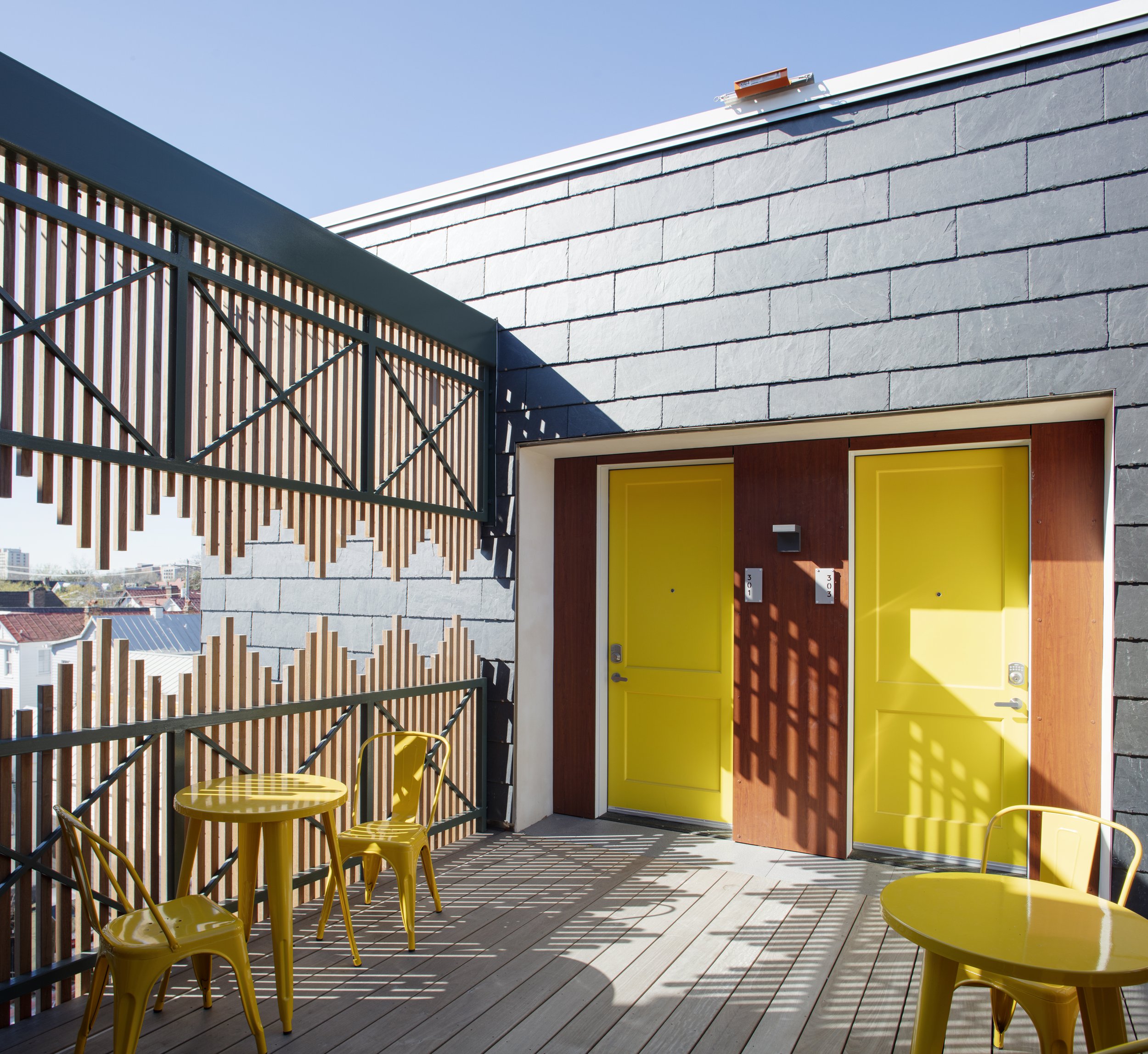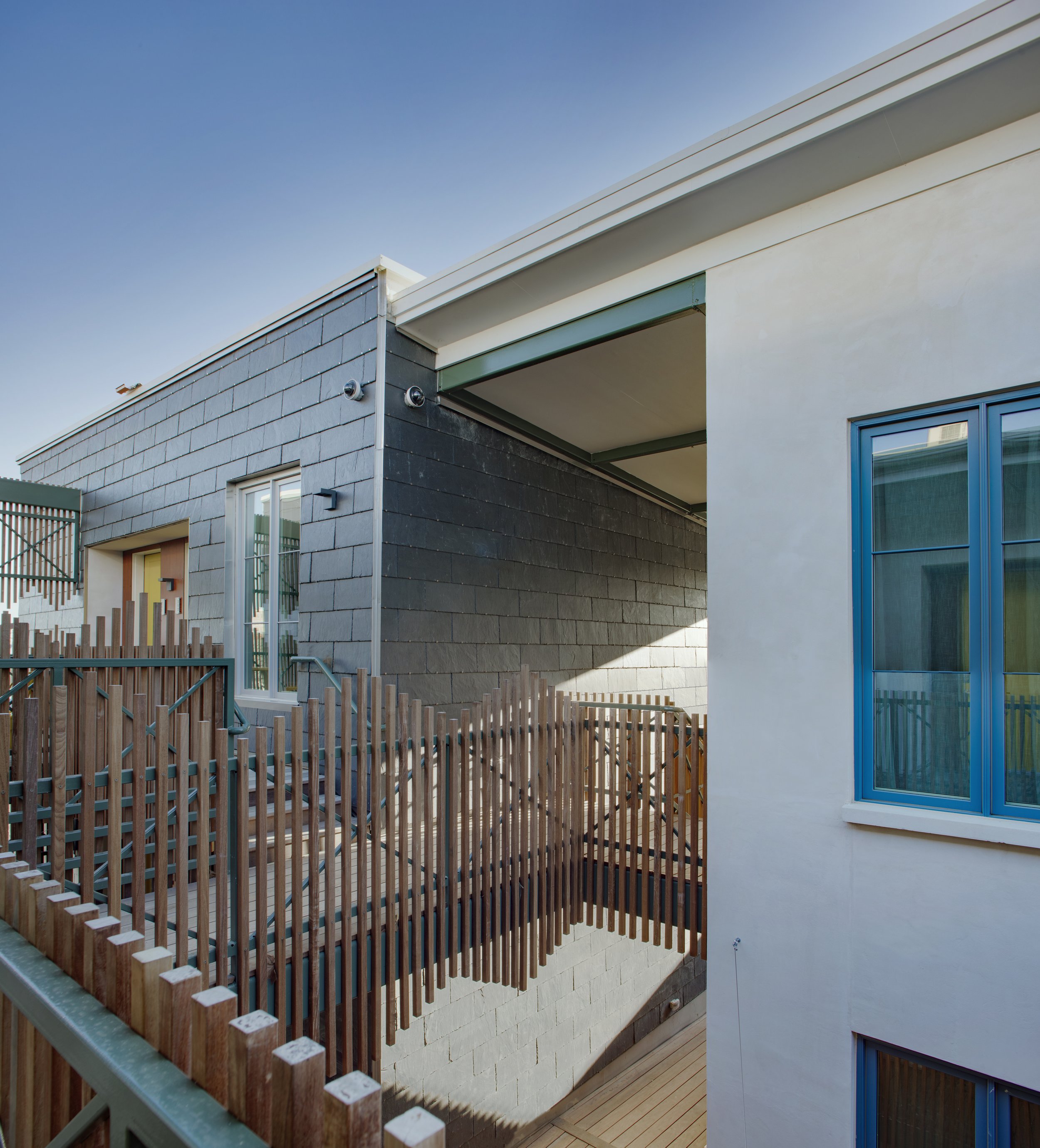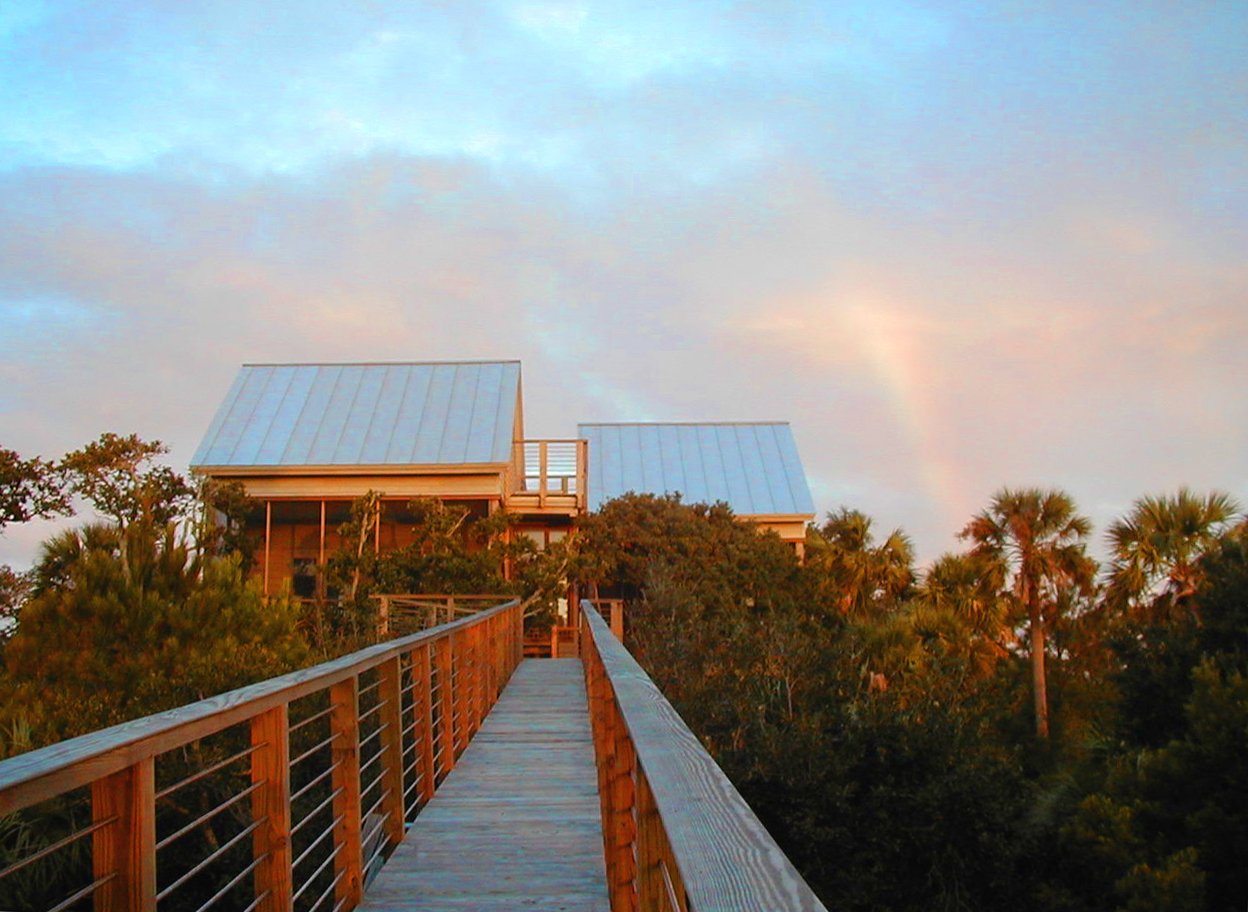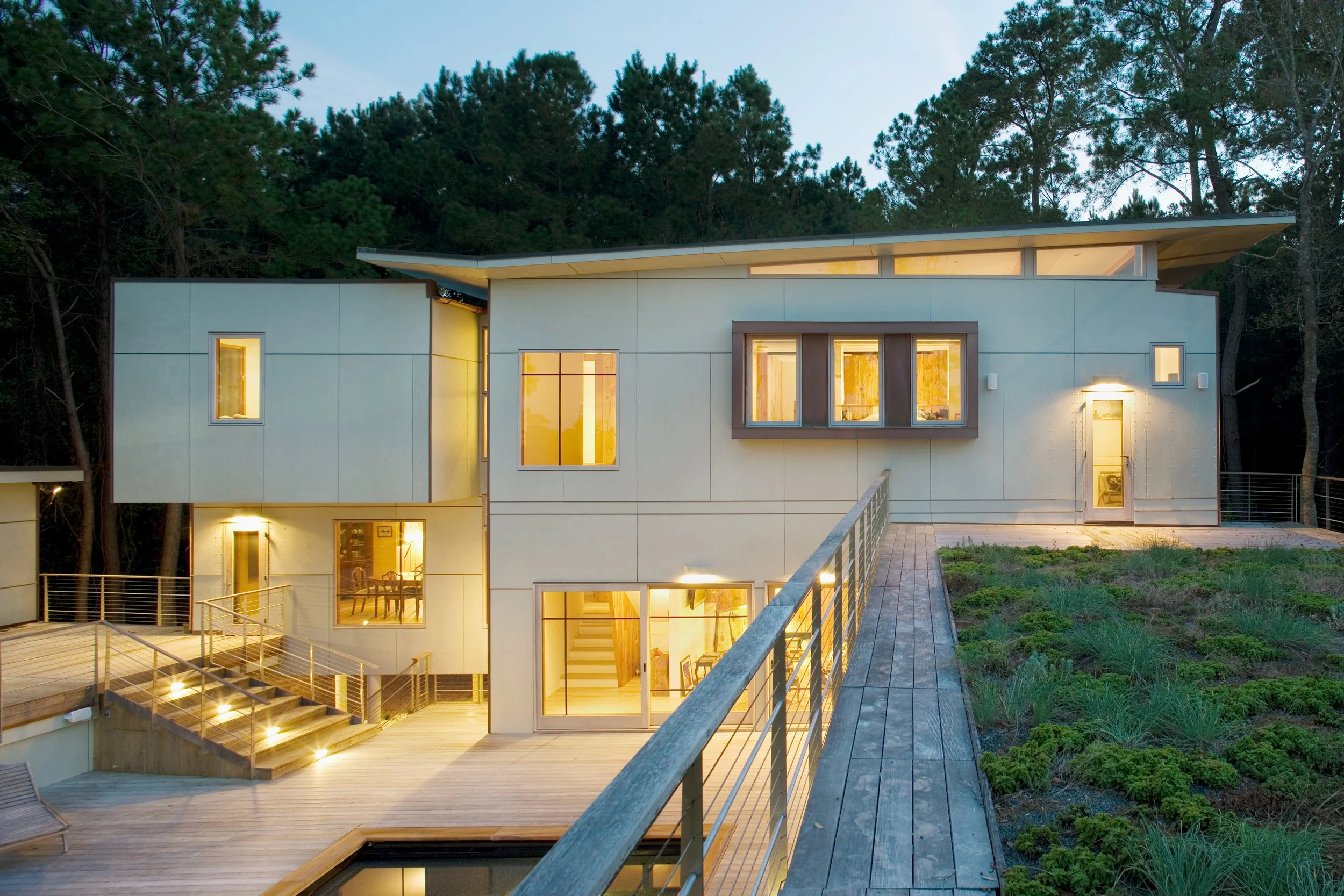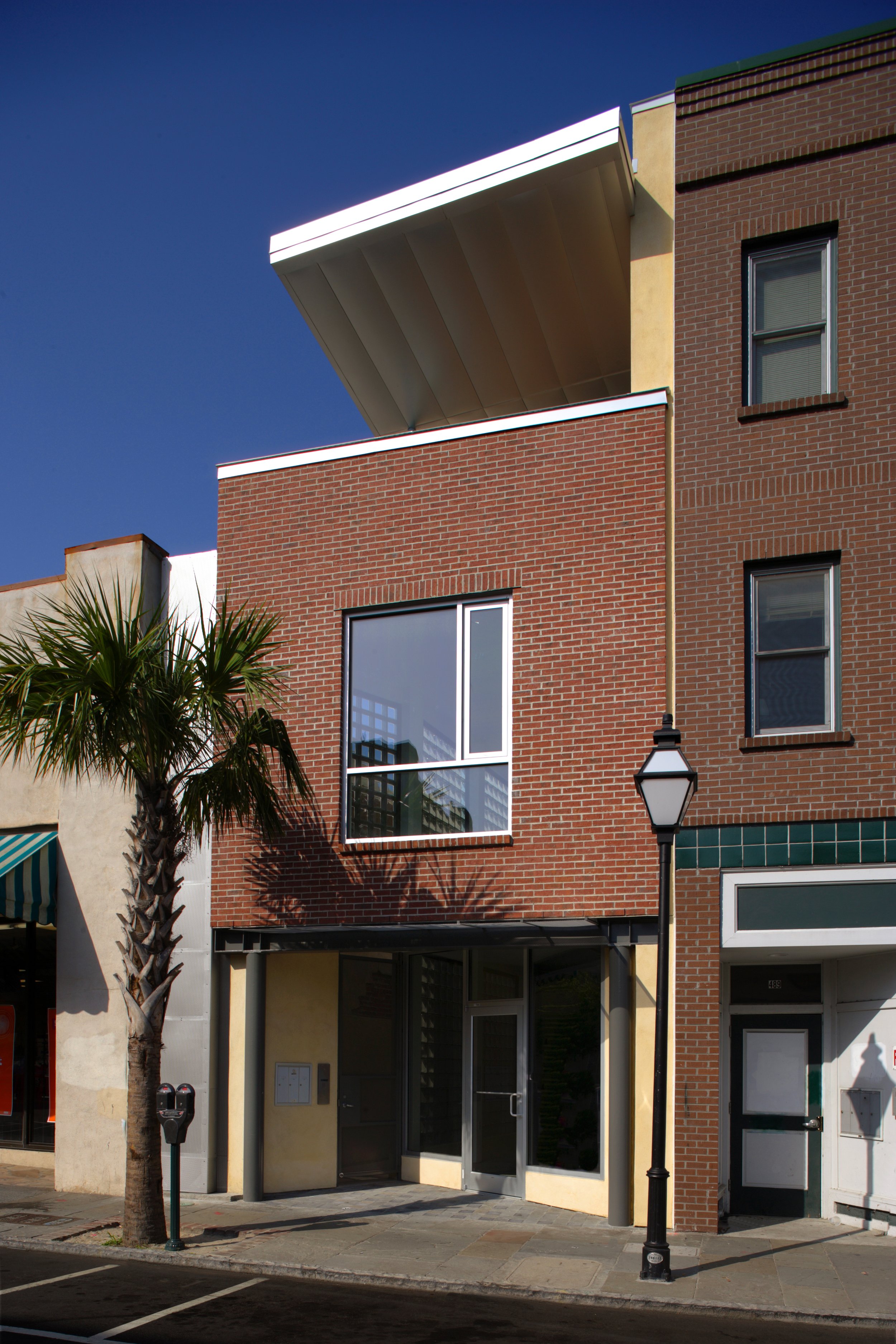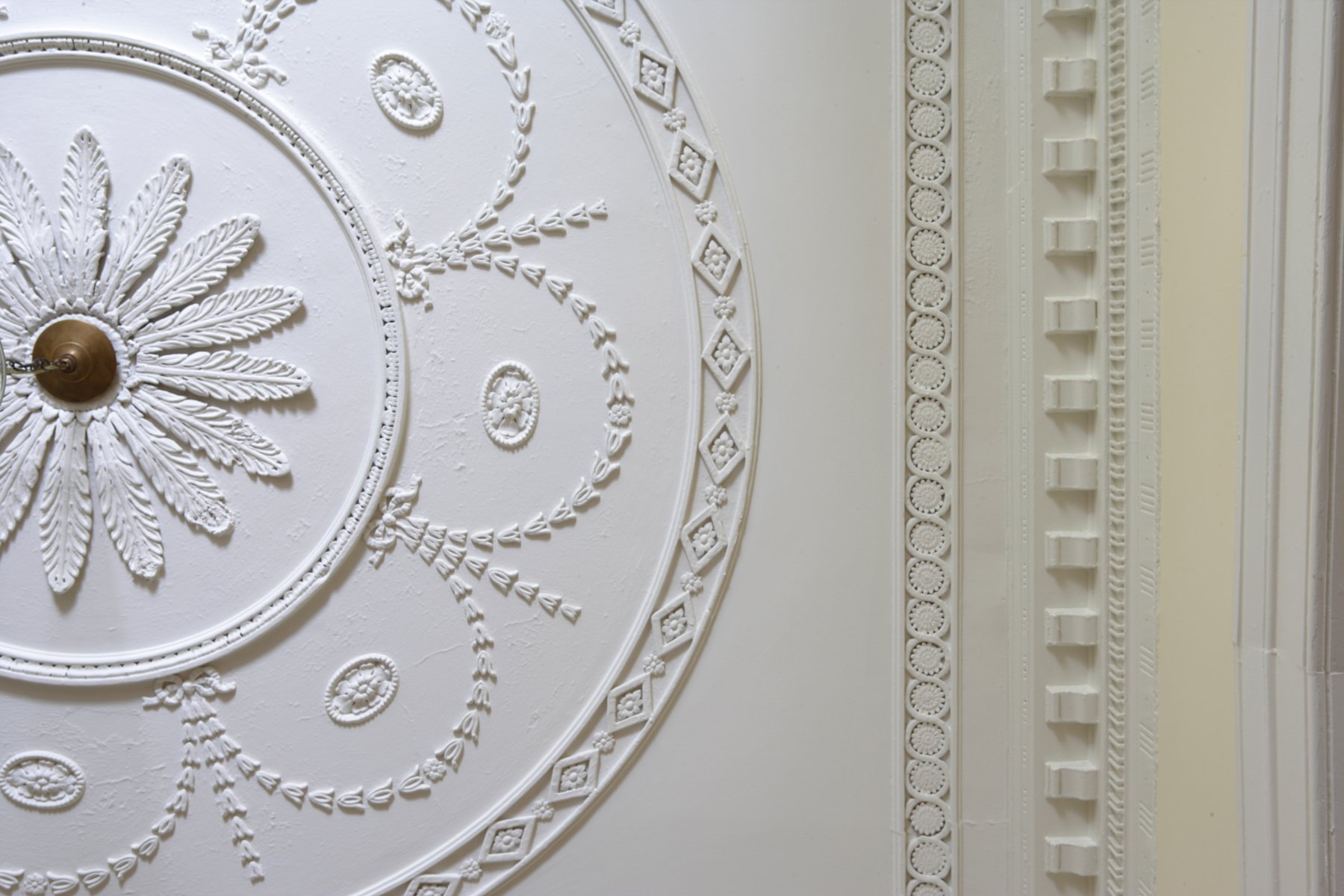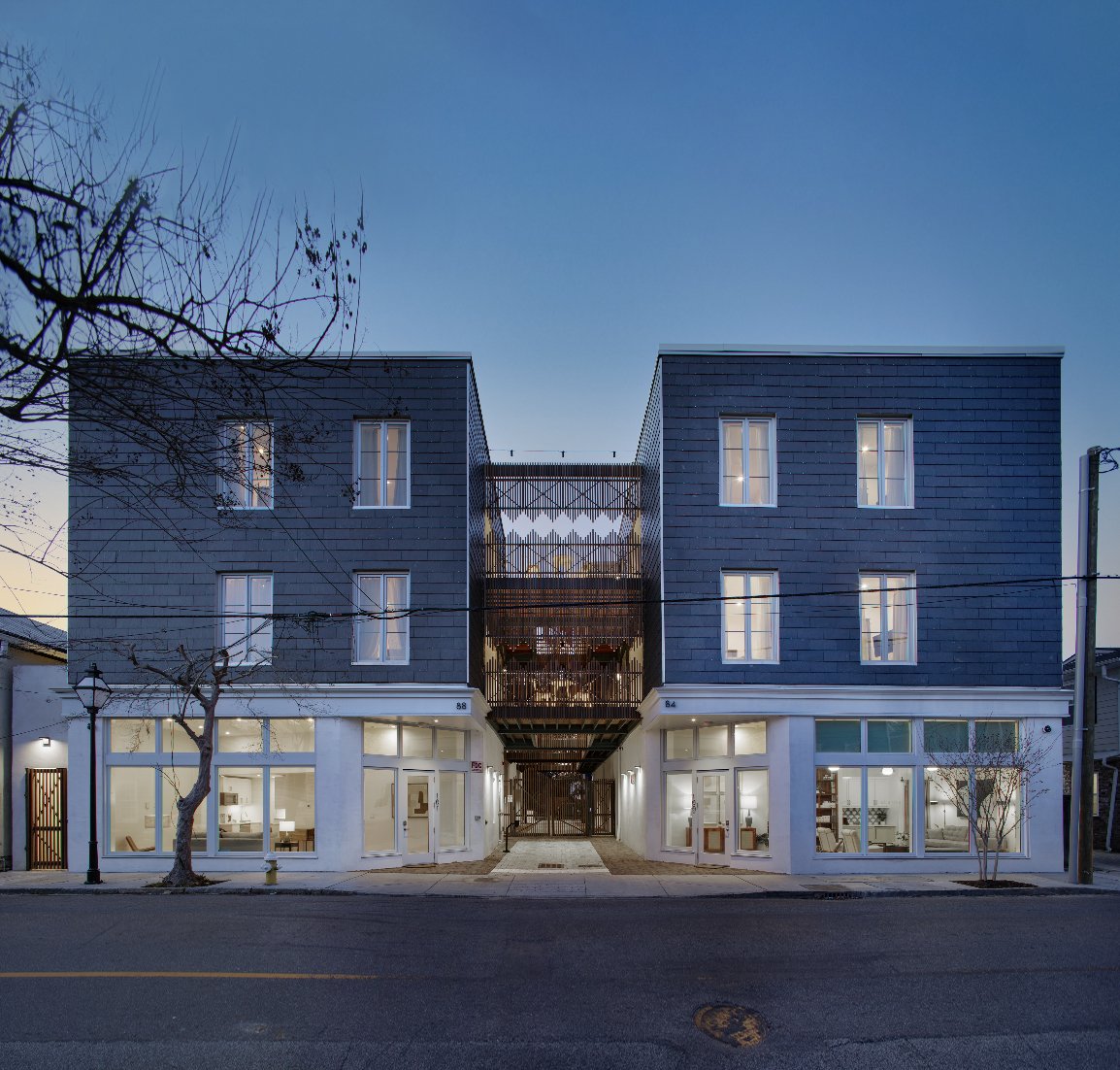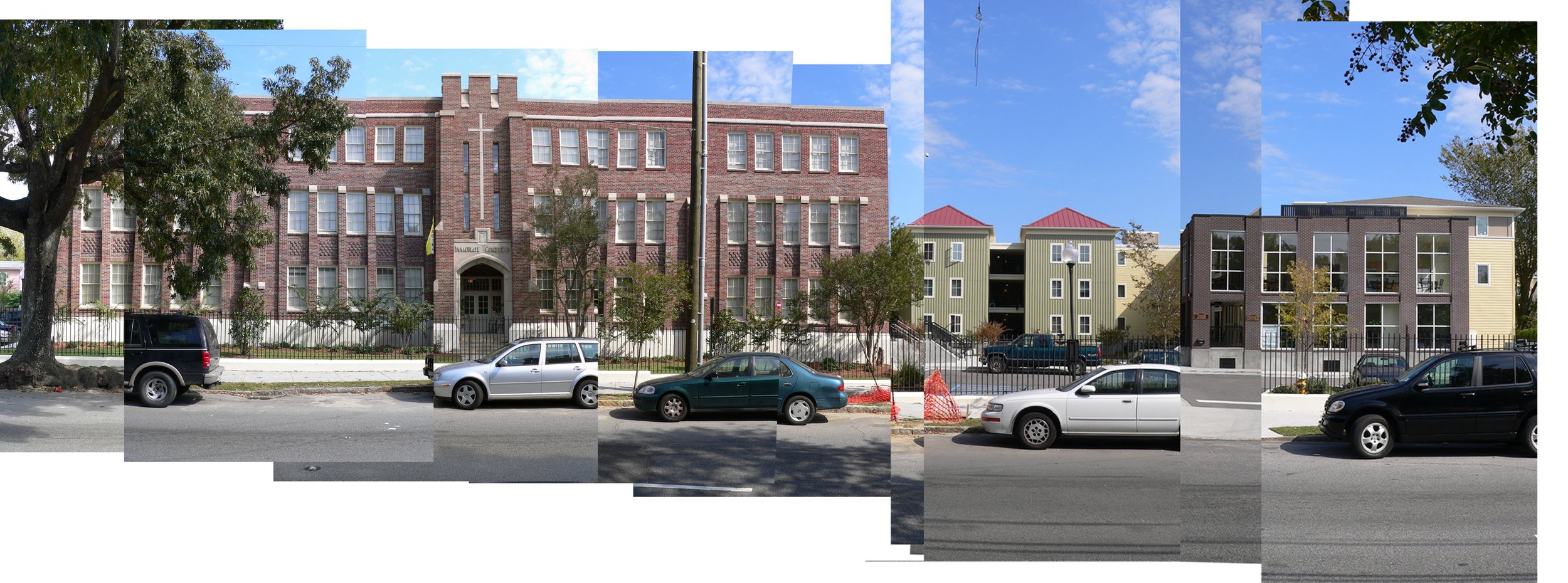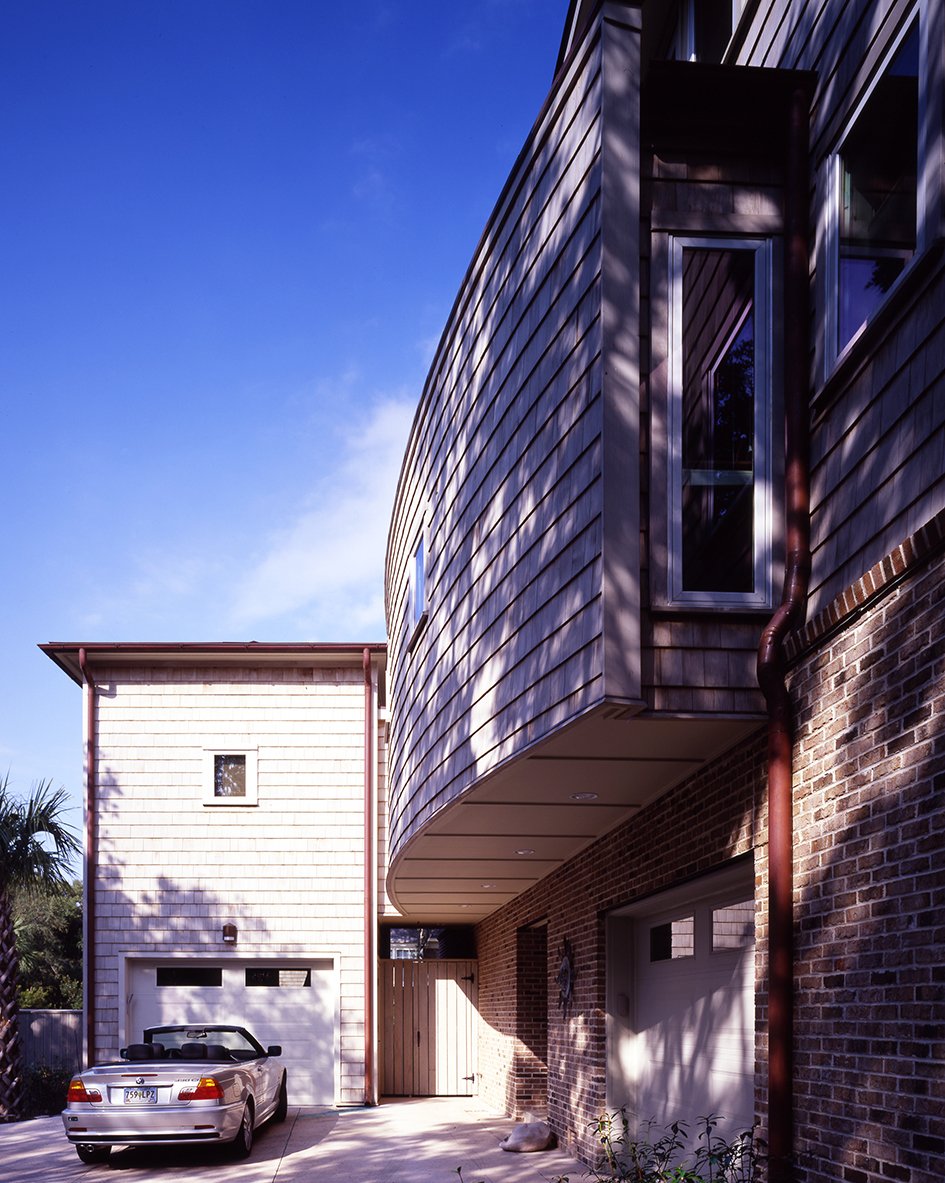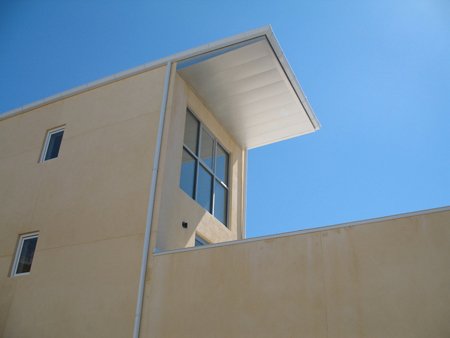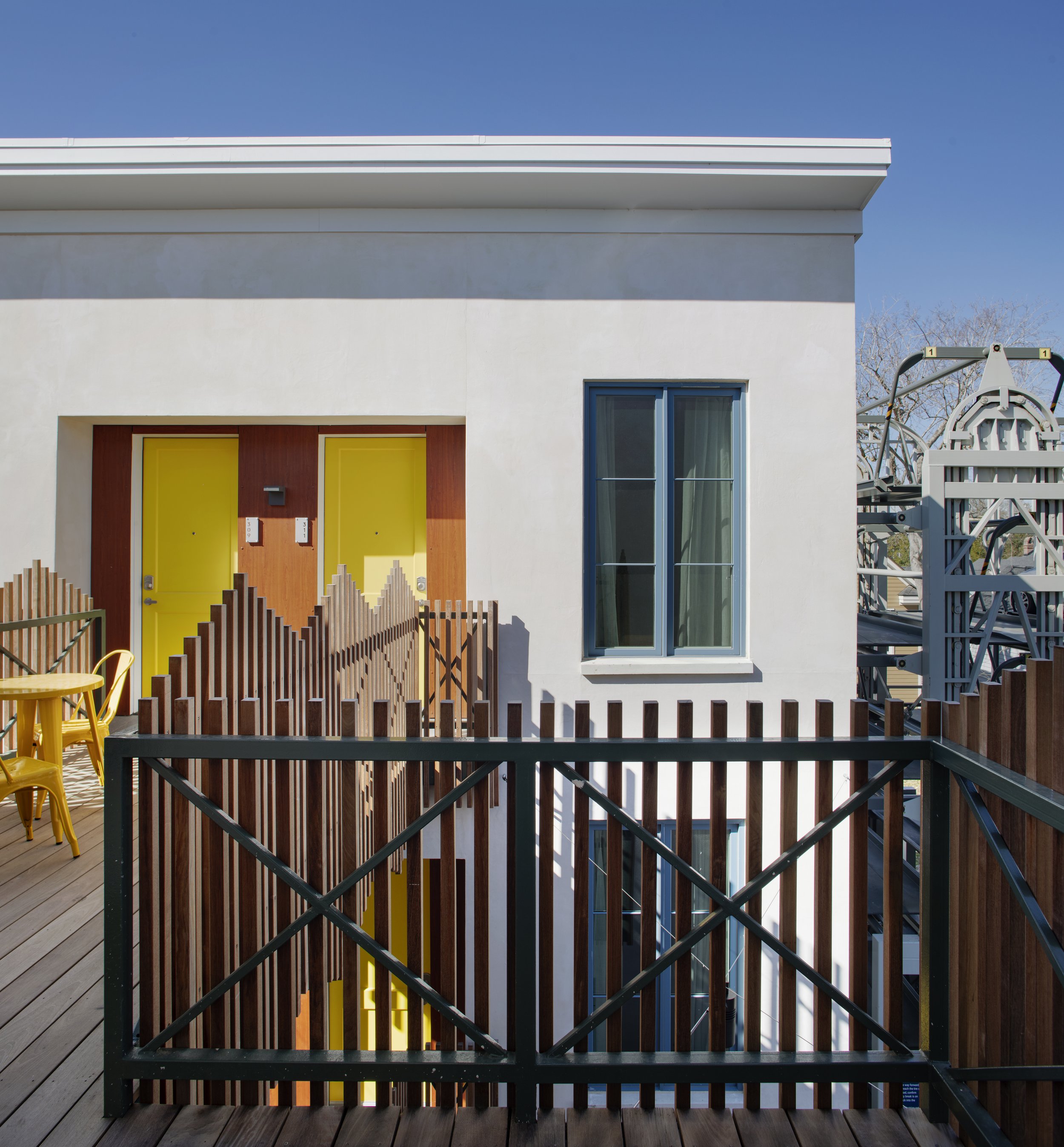
STUDIO A Architecture
Charleston, South Carolina
“…to reach reality one has first to reject experience, and then subsequently to reintegrate it into an objective synthesis devoid of any sentimentality….”
— Claude Levi-Strauss, Tristes Tropiques
Whitney Powers emerged from her architectural education from Mississippi State and Columbia University with the realization that elements of making a critically legitimate, modern architecture in a small town were scalable to the neighborhoods of cities: New York, London, Paris, anywhere… And that a practice of architecture in the South could interpret urbanity through architectural relationships that foster social interaction, a basic construct of the human condition.
Powers found the only complicating factor to her goals was working within a city as laden and self-satisfied as Charleston. It is a palimpsest where unseen forces, some malevolent, create obstacles when one attempts to expose or challenge romanticism, mythology, and cliche. Armored with a little reconnaissance, you negotiate the place with all of its overlapping patterns of race, class, loyalties, geology, flora, fauna, climate, culture, material, myths, routes, erasures, disinterest, etc.; nod to their presence, and, then, ever so slyly, introduce architecture that begs the second gaze.
Like the four humours of medieval medicine - blood, yellow bile, black bile, and phlegm - Powers sees architecture as an amalgam of four humours, erecting a kind of scaffold whereby the elements, materials, patterns, program, and site conditions can respond.
Theatricality: As a demonstration of power or wealth, for instance, or a celebration of pattern or element, this characteristic requires witness, viewing, to hold any meaning or contribution. Life at the street is elevated.
Authenticity: The authorship, function, and making are evident. The work is original and not derivative per se. It invites exploration and discovery. It has qualities that one would consider pre-ordained and exacting, at ease, effortless.
Art: A relationship within or about the work is transformed and revealed in a way that elevates the meaning of both the architecture and its place.
Craft: A deliberate execution, attention to & consistency of detail, and expression of materiality acknowledge architecture as an indulgence of being.
The practice of architecture demands mapping, analysis, and imagination, taking its cues from an interpretation of place, yet decidedly reimagining the architecture for both the present and future.
Acknowledgements: (MS) Mike Fazio, Hank Hildebrandt, Bill Minor, Mack Scogin & Merrill Elam, Francis Mah, Hays Town, Linda Trobaugh, Dennis Jones, Fred Frank, Jim Barker, Bill McMinn, Chris Risher and Sam Mockbee. (NY) Terry Riley, Ken Frampton. Pros: Johnny Tucker, Patrick Head, Randolph Martz, WG Clark, Charlie Menefee, and Frank Harmon.
Above all others, Edwin and Olive.
